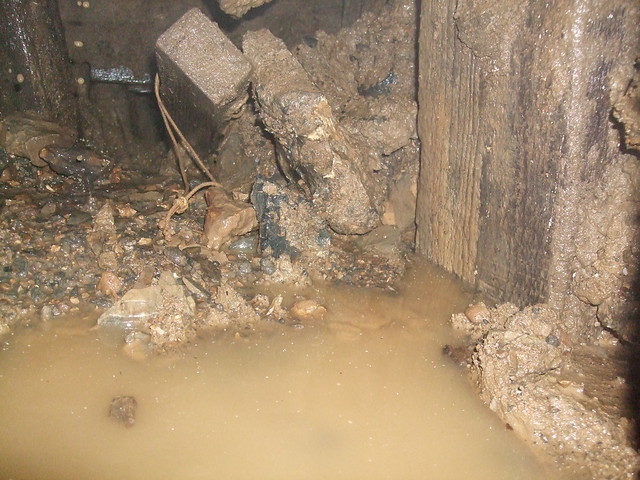zippy
Member
As a few of you are aware, earlier this year we completed a short film. Entitled "From Ore to Orchids", it looks at how the Peak District's industrial past & present have influenced the Peak District landscape, and how it continues to do so - with a strong emphasis on mining/mineral extraction.
The relevance here, is that it features quite a bit of footage of Glebe's activities on Longstone Edge, an interview with their main geologist, and an interview with their counterparts who were oposing the development of Tearsall quarry.
(The blatant plug is at http://winstercavers.org.uk/film_FromOreToOrchids.aspx)
If it's of interest to people, we'd be happy to organise a public showing of the film at a suitable establishment in the Peak (such as the Miners Standard in Winster!) free to anyone who wants to come along, but we'd use it as an opportunity to rattle a tin for DCRO...
Your thoughts?
Z
The relevance here, is that it features quite a bit of footage of Glebe's activities on Longstone Edge, an interview with their main geologist, and an interview with their counterparts who were oposing the development of Tearsall quarry.
(The blatant plug is at http://winstercavers.org.uk/film_FromOreToOrchids.aspx)
If it's of interest to people, we'd be happy to organise a public showing of the film at a suitable establishment in the Peak (such as the Miners Standard in Winster!) free to anyone who wants to come along, but we'd use it as an opportunity to rattle a tin for DCRO...
Your thoughts?
Z




